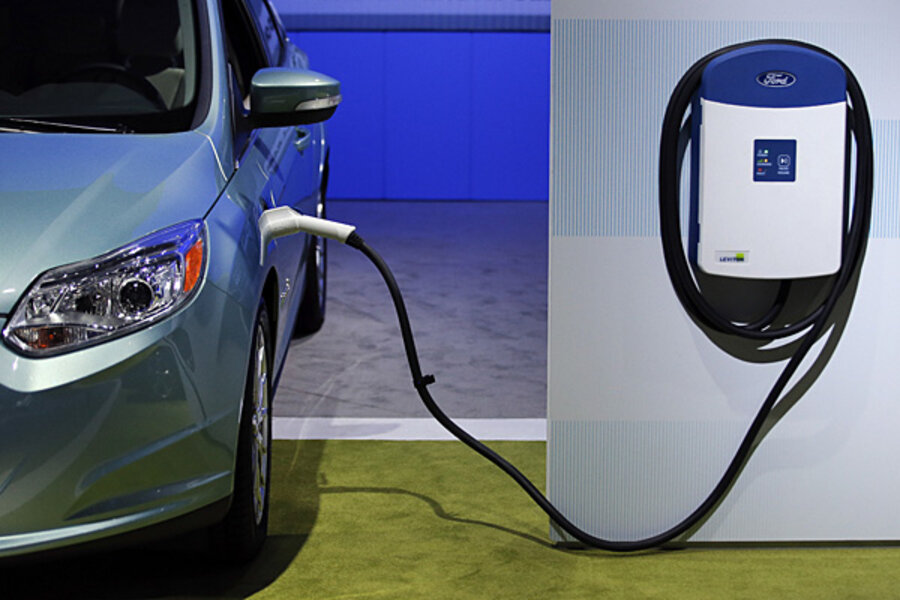Electric car charging goes wireless
Loading...
Wireless charging is nothing new--but it could be the next widely-used technology in the world of electriccars.
That's according to Pike Research, which suggests wireless charging sales will surpass 280,000 by 2020.
The group cites the partnerships of severalelectric vehicle manufacturers with wireless charging companies as the reason for such growth.
Wireless charging, often called induction charging, uses electric coils mounted in a vehicle and corresponding coils in a ground pad.
When an electric car parks over the ground pad, it creates an electromagnetic field, converted into electrical current within the car to charge the battery. As the name suggests, no wired connection between the electric car is required, and ground pads can even be installed out of sight under the road surface.
Pike suggests that convenient charging is becoming a major factor in electric car purchase decisions, and the "park and forget" nature of wireless charging is an attractive concept.
The research group also suggests that the potential for frequent, brief stops where wireless charging is abundant could be a large factor in reducing 'range anxiety'.
Several large carmakers have already formed partnerships with wireless charging companies.
BMW is working with Siemens on wireless charging; Toyota, Mitsubishi and Audi are developing systems with WiTricity and Delphi; Qualcomm with Renault and Delta Motorsports; and Evatran with businesses like Google and Hertz, among others.
Nissan is also experimenting with wireless charging, and has even developed a system that allows the car to self-park, ensuring it's in the best location for charging.
The technology is expected to feature in a future Infiniti electric subcompact, arriving sometime before 2015. Nissan says its system is between 80-90 percent efficient--actually not that different from standard wired charging.
Wireless recharging is a field-proven technology, too. It's been used in some Italian bus fleets for over a decade now, where the frequent stops can recharge 10-15 percent capacity in only a short time.
A similar system could prove effective should the numbers of electric taxis rise as predicted.
As ever, there are drawbacks, such as changes to the infrastructure to accept wireless pads embedded in the road--not to mention retro-fitting existing electric vehicles to ensure compatibility.
But while there are many "next big things" in the electric vehicle world, wireless charging already offers a usable solution. Combined with manufacturer support, our next generation of electric cars may be able to charge wirelessly as well as through wires.







